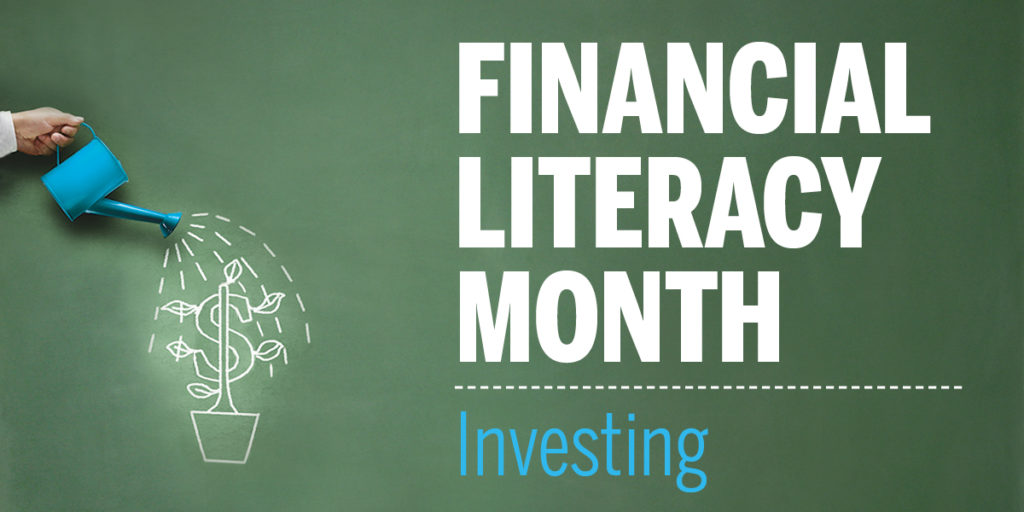7 ways to start investing smarter now
Simple steps to help make you a better investor
Advertisement
Simple steps to help make you a better investor

How often have you taken the time to prepare a well-planned to-do list? And how often have you lost the energy to complete any of the tasks once you finished writing them down? Taking the time to research and meticulously plan is great—and important—but you also have to act on it. But that’s hard to do well if you’re not sure about the best way to execute your plan. To help, here are seven simple steps to help make anyone from the die-hard do-it-yourself trader to the a lazy couch-potato a smarter investor.
READ: 7 ways to prepare for retirement
WATCH: How to build a portfolio in 90 seconds[bc_video video_id=”6023925719001″ account_id=”6015698167001″ player_id=”lYro6suIR”]
Share this article Share on Facebook Share on Twitter Share on Linkedin Share on Reddit Share on Email